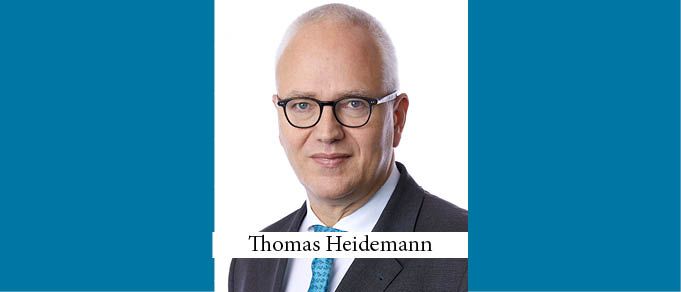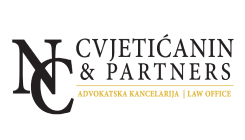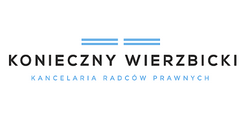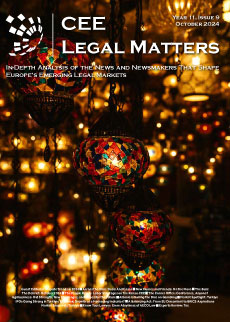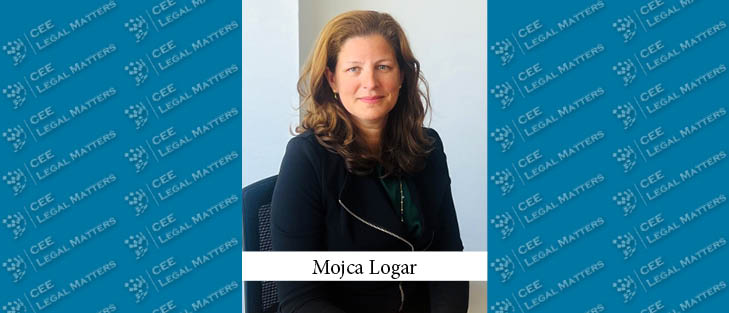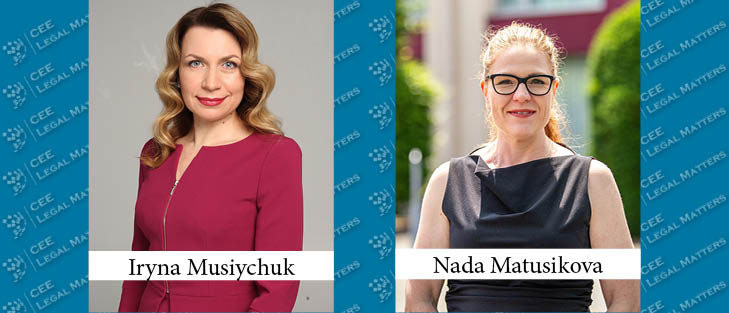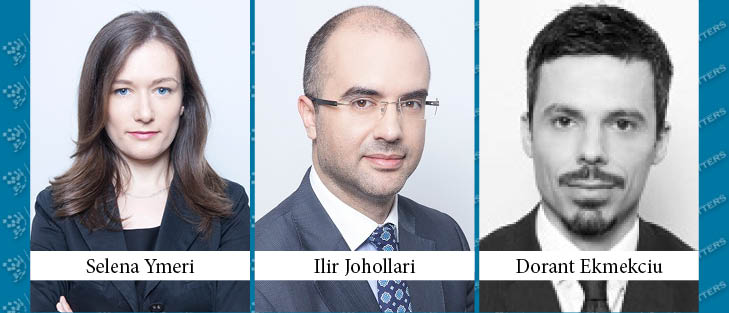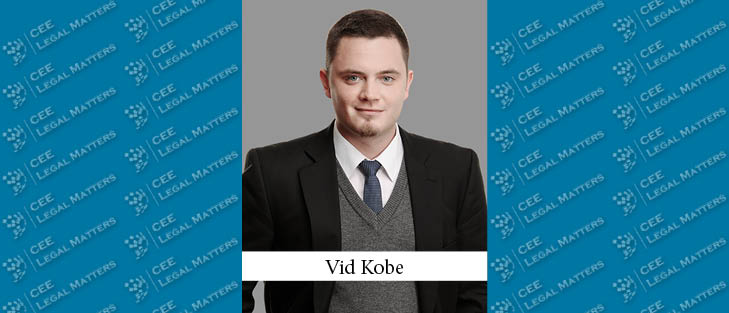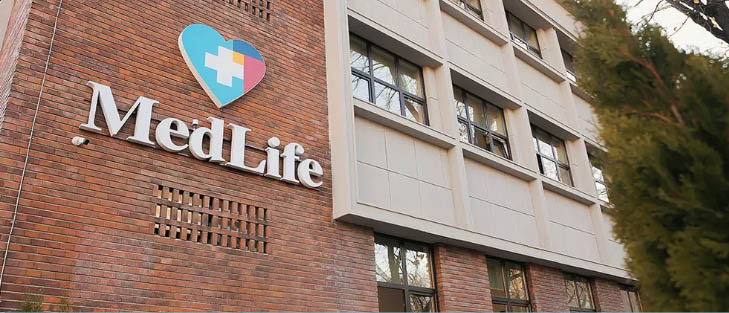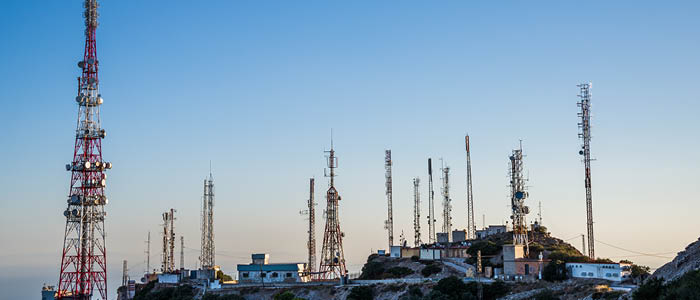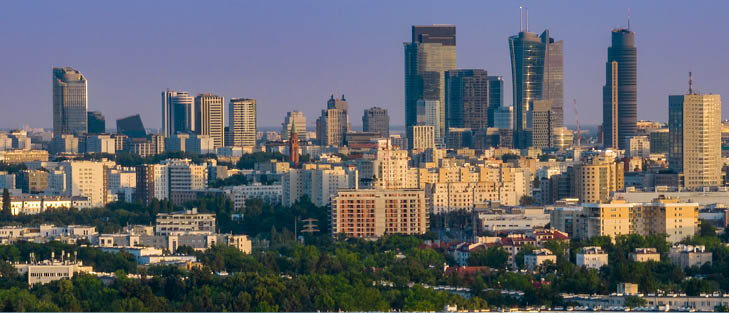In recent years, Russia has experienced intense development in its automotive industry. After the dissolution of the Soviet Union and the subsequent deep economic crisis, it quickly became apparent that the Russia’s automotive industry was unable to meet the needs of the newly developing automotive market in Russia. National producers lost market share to foreign manufacturers despite high import custom rates. Russian consumers were not willing to buy technically outdated national products and were looking for foreign brands.
In this situation, the Russian government made the decision to incentivize foreign manufacturers to localize production in Russia by granting customs and VAT incentives in exchange for localization commitments. This legislation, known as “industrial assembly,” has led to a localization success story in the automotive industry in Russia: a significant number of the major international manufacturers as well as many suppliers to the international OEMs are today producing in Russia.
The boom years came to an end with the financial crisis in 2008, followed by the Russian economic crisis that began in 2014. Russia has reacted with various supporting programs to subsidize local producers. The industry crisis hit bottom in 2016 and is now back to growth from a relatively low level.
Nevertheless, it has become obvious that the system of industrial assembly based on customs advantages is no longer workable for the future as it is non-compliant with the WTO standards Russia is obliged to adhere to. In joining the WTO in 2012, Russia negotiated a long transition period for its customs incentive regime that protects localized manufacturers. This transition period expired in July 2018, however, and Russia still has to find an incentive scheme to replace the industrial assembly regime.
Governmental Policies and Current Developments
The Russian government has outlined its ideas for future development in its strategic plan for developing the automotive industry in Russia by 2025. The main focus is on introducing innovative technologies and incentivizing export.
The instrument of choice to replace the industrial assembly regime seems to be the so-called “special investment contract” (SPIC). A SPIC can be entered into between an investor and the Russian administration in order to set the specific conditions of an investment. As SPIC regulations are expected to be significantly amended, the administration introduced a memorandum on SPIC and refused to sign new SPIC arrangements in the first half of 2018. Later, as it became clear that amending SPIC regulations would take more time, new SPIC arrangements were offered to investors. In the automotive sector, a significant number of new SPIC arrangements have been entered into. In general, OEM’s are committing to certain investments by setting up new production facilities or modernizing existing production lines.
New SPIC regulations will come into place starting in 2020. New rules will presumably require tender procedures for entrance into SPICs. In addition, produced goods will be required to be suitable for competition in the world market or be unique in the Russian market. The main criteria will no longer simply be the creation of industrial products (of any kind), but the creation of new technologies in Russia
All incentives being discussed are subject to certain localization requirements. Under the industrial assembly regime, regulation No. 719 set out the specific percentages of the level of localization of production that are required. Now this regime will be replaced by a system establishing scores for certain localization measures and requiring a certain level of scores to recognize the produced cars as Russian. The scoring system is still under discussion, however, and it is not clear if it will come into force in its current version.
Export incentivation mainly takes the form of reimbursements of transportation costs to local manufacturers. Discussions are under way to tighten the support and not provide manufacturers with lower localization rates access to such state subsidies, but no clear picture can be drawn at the moment. In addition, it appears that the Russian export initiative is not supported by other member countries of the Eurasian Economic Union, as they also would prefer localized production in their respective countries.
Outlook
The automotive industry in Russia is back to growth after long years of recession. Nevertheless, due to the country’s accession to the WTO, Russia is forced to replace its existing incentive scheme with new schemes. This replacement is proving to be difficult and it is still unclear which solution will be finally adopted. The current recourse to SPIC arrangements is not necessarily the final solution.
By Thomas Heidemann, Partner, CMS Russia
This Article was originally published in Issue 6.2 of the CEE Legal Matters Magazine. If you would like to receive a hard copy of the magazine, you can subscribe here.

